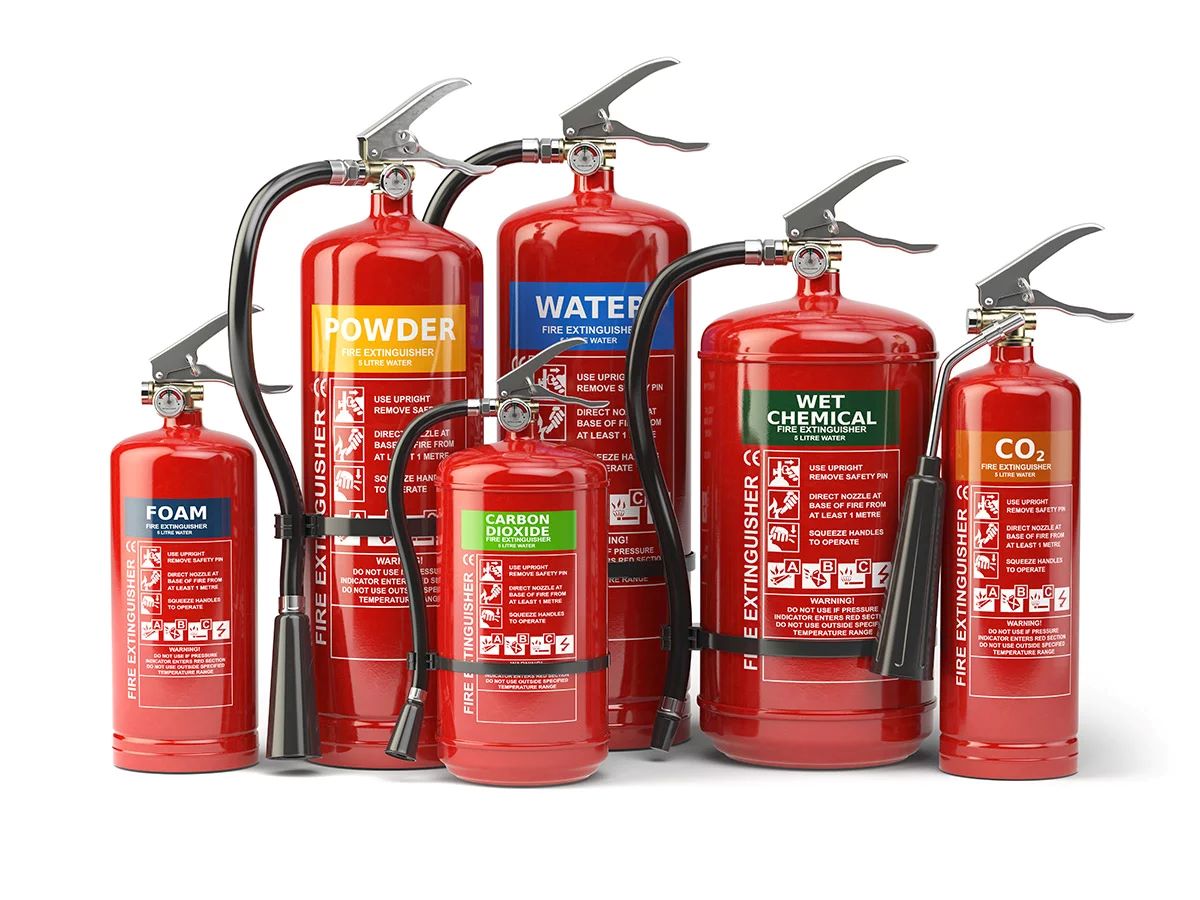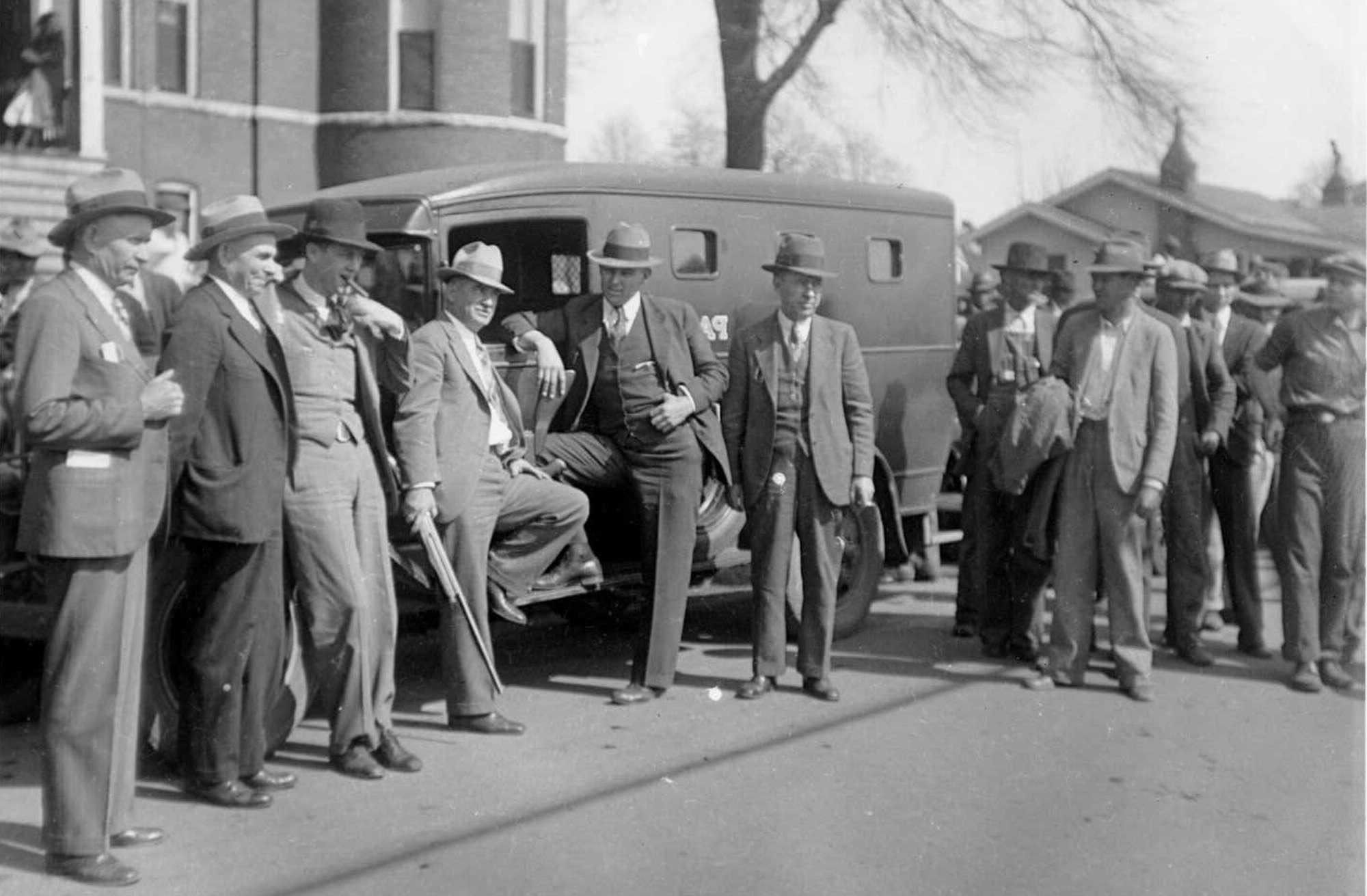
Fire safety is a critical aspect of any environment, whether it’s a home, office, or public space. When it comes to protecting ourselves and our property from the devastating effects of fire, having the right tools at hand is essential. One of the most important tools in fire safety is the fire extinguisher. These portable devices are designed to control or extinguish small fires before they have a chance to spread and cause further damage.
In this article, we will explore 11 fascinating facts about fire extinguishers that you may not be aware of. From their history and classification to the different types and proper usage, by the end of this article, you will have a comprehensive understanding of these life-saving devices. So, let’s dive in and uncover some intriguing information about fire extinguishers!
Key Takeaways:
- Fire extinguishers come in different types, colors, and sizes, each designed for specific types of fires. It’s important to know which one to use in case of an emergency.
- Regular maintenance, proper training, and a well-planned evacuation strategy are crucial for effective and safe use of fire extinguishers. Always prioritize personal safety in case of a fire emergency.
Fire extinguishers come in different types.
There are several types of fire extinguishers, including ABC, CO2, water, foam, and dry powder. Each type is designed to combat specific types of fires, ensuring maximum effectiveness in different situations.
Fire extinguishers have different classes of fires they can extinguish.
Fire extinguishers are categorized into classes based on the type of fire they can effectively put out. These classes include Class A (ordinary combustibles), Class B (flammable liquids), Class C (electrical fires), Class D (combustible metals), and Class K (cooking oils and fats).
Fire extinguishers are color-coded.
To make it easier to identify the type of fire extinguisher, they come with specific color codes. For example, ABC fire extinguishers are typically red, CO2 extinguishers are black, and water extinguishers are silver.
Fire extinguishers have a limited range.
Fire extinguishers have a limited range of approximately 6 to 20 feet. It is important to stand at a safe distance while using a fire extinguisher to avoid getting injured by flames or smoke.
Fire extinguishers need to be regularly inspected and maintained.
Regular inspection and maintenance of fire extinguishers are crucial to ensure their proper functioning. It is recommended to have them checked annually by a qualified professional.
Fire extinguishers should be placed in easily accessible locations.
To ensure quick and easy access during emergencies, fire extinguishers should be strategically placed in easily visible and accessible locations. Common locations include kitchens, near fire exits, and on each level of a building.
Fire extinguishers have an expiration date.
Fire extinguishers have a limited lifespan and should be replaced when they reach their expiration date. It is important to regularly check the expiry date and replace any expired extinguishers promptly.
Proper training is essential for using fire extinguishers.
Knowing how to use a fire extinguisher correctly is crucial for effective firefighting. Training on how to operate different types of fire extinguishers should be provided to individuals in workplaces and homes.
Fire extinguishers should be used in conjunction with an evacuation plan.
Fire extinguishers are a valuable tool in fighting small fires, but they should always be used in conjunction with an evacuation plan. If a fire becomes too big or uncontrollable, it is important to prioritize personal safety and evacuate the premises.
Fire extinguishers should be regularly tested.
Regular testing of fire extinguishers is necessary to ensure their functionality. This includes checking the pressure, seals, and any signs of damage or leakage.
The size and weight of fire extinguishers can vary.
Fire extinguishers come in various sizes and weights to cater to different needs. They range from small handheld extinguishers suitable for homes and cars to larger, more heavy-duty extinguishers for industrial settings.
Conclusion
Fire extinguishers are essential safety devices that can save lives and protect property in the event of a fire. Understanding the importance of fire extinguishers and how they work is crucial for everyone. By knowing these 11 facts about fire extinguishers, you can enhance your fire safety knowledge and be better prepared in case of an emergency.
Remember, fire extinguishers should be easily accessible, properly maintained, and regularly inspected. It is crucial to know the different classes of fires and the appropriate extinguisher to use for each type. Additionally, understanding the different types of fire extinguishers and their operating instructions is essential for successful fire suppression.
By familiarizing yourself with fire extinguishers and implementing proper fire safety practices, you can play a vital role in preventing fires and minimizing their damage. Remember, fire safety is a collective effort, and every individual has a responsibility to protect themselves and others.
FAQs
Q: How often should I inspect my fire extinguisher?
A: Fire extinguishers should be inspected at least once a month to ensure they are in proper working order. It is also crucial to have a professional inspection annually to guarantee functionality.
Q: How long can a fire extinguisher last?
A: The lifespan of a fire extinguisher can vary depending on various factors. Generally, they should be replaced every 5 to 15 years, or as recommended by the manufacturer.
Q: Can I use a fire extinguisher on any type of fire?
A: No, different fire extinguishers are designed to combat specific types of fires. It’s important to understand the fire classification system and use the appropriate extinguisher for the type of fire you are dealing with.
Q: How do I use a fire extinguisher?
A: Remember the acronym PASS: Pull the pin, Aim at the base of the fire, Squeeze the handle, and Sweep from side to side until the fire is out.
Q: Can I recharge a used fire extinguisher?
A: Yes, if the fire extinguisher is not damaged and meets certain criteria, it can be recharged by a professional fire equipment service provider.
Q: What should I do if my fire extinguisher is damaged or leaking?
A: Do not attempt to use a damaged or leaking fire extinguisher. It should be immediately replaced or serviced by a professional.
Q: Can I test my fire extinguisher by discharging it?
A: No, discharging a fire extinguisher should only be done in emergencies. Testing should be limited to visual inspections and ensuring proper pressure levels.
Q: Can I store my fire extinguisher anywhere in my home?
A: Fire extinguishers should be stored in easily accessible locations, away from heat sources and potential fire hazards. A common recommendation is to have one on each floor of your home, as well as in the kitchen and garage.
Q: Do fire extinguishers require any maintenance?
A: Fire extinguishers should be maintained regularly to ensure they are in good working order. This includes checking the pressure gauge, inspecting the physical condition, and ensuring the safety pin is intact.
Q: Can I use a fire extinguisher to escape a fire?
A: Fire extinguishers are not meant to be used for escape purposes. They are designed for first responders to suppress fires. If a fire is too large or spreading rapidly, evacuate the premises immediately and call emergency services.
Q: What are the different types of fire extinguishers?
A: The different types of fire extinguishers include Class A (ordinary combustibles), Class B (flammable liquids), Class C (electrical fires), Class D (combustible metals), and Class K (kitchen fires).
Protecting your home or workplace from fires is crucial, and understanding fire extinguishers is a key part of that protection. Beyond just having the right extinguisher on hand, consider other essential safety items like turkey fryers for cooking delicious meals safely, emergency blankets to keep you warm in case of evacuation, and deep fryers for enjoying tasty treats without the risk of open flames. Exploring these additional tools can help you create a comprehensive fire safety plan that keeps you prepared for any situation.
Was this page helpful?
Our commitment to delivering trustworthy and engaging content is at the heart of what we do. Each fact on our site is contributed by real users like you, bringing a wealth of diverse insights and information. To ensure the highest standards of accuracy and reliability, our dedicated editors meticulously review each submission. This process guarantees that the facts we share are not only fascinating but also credible. Trust in our commitment to quality and authenticity as you explore and learn with us.


